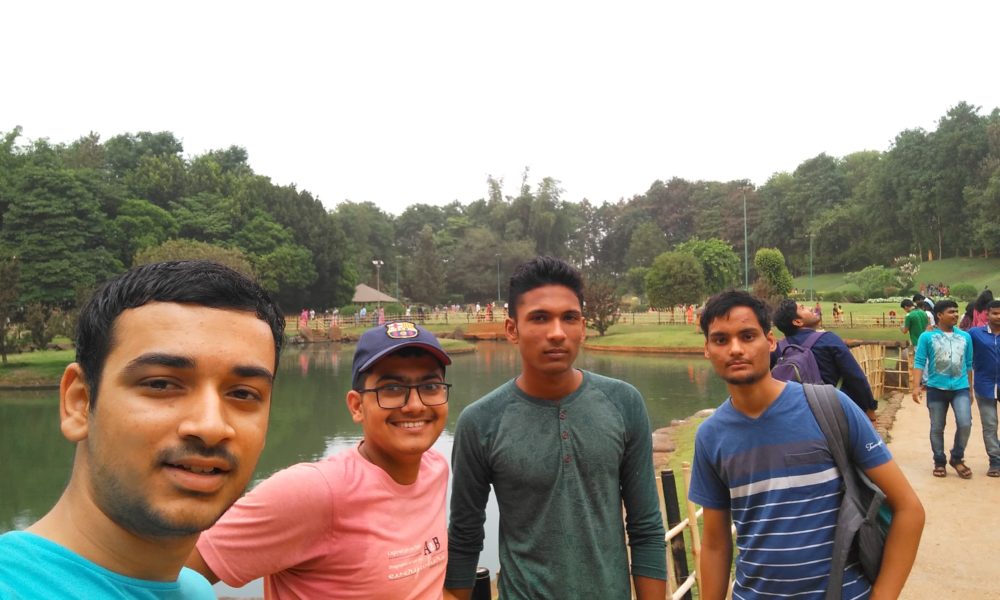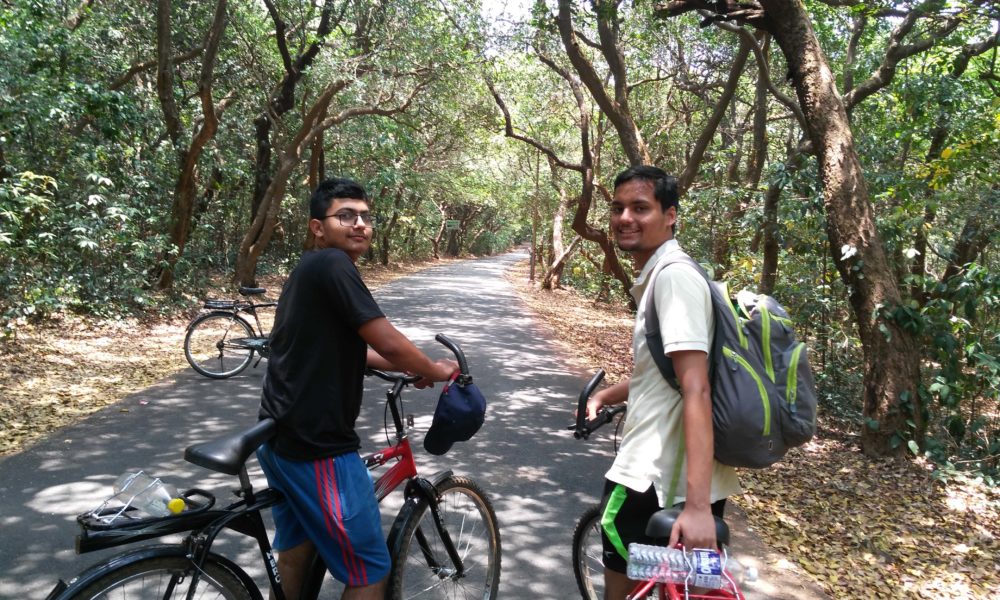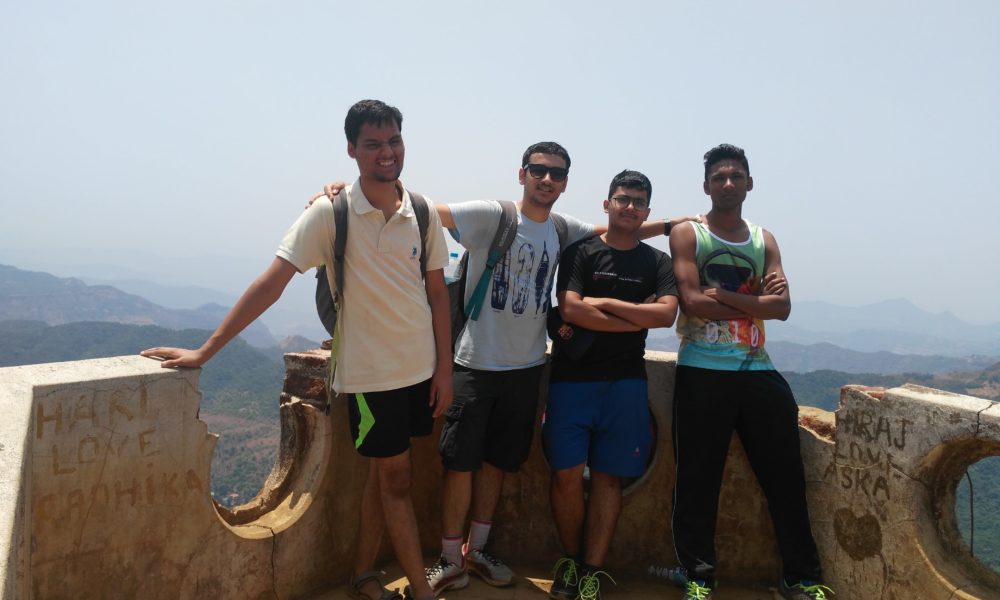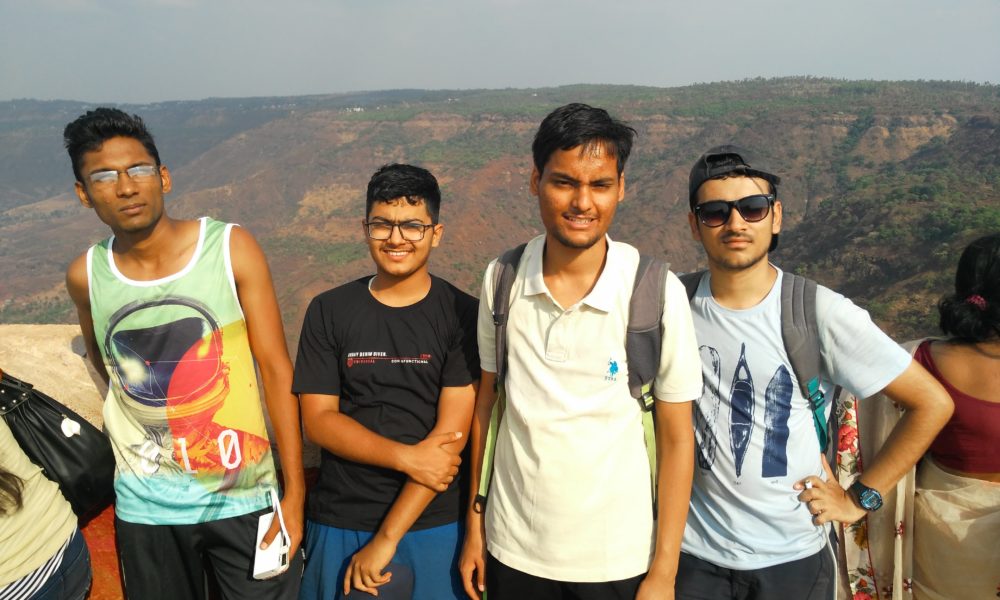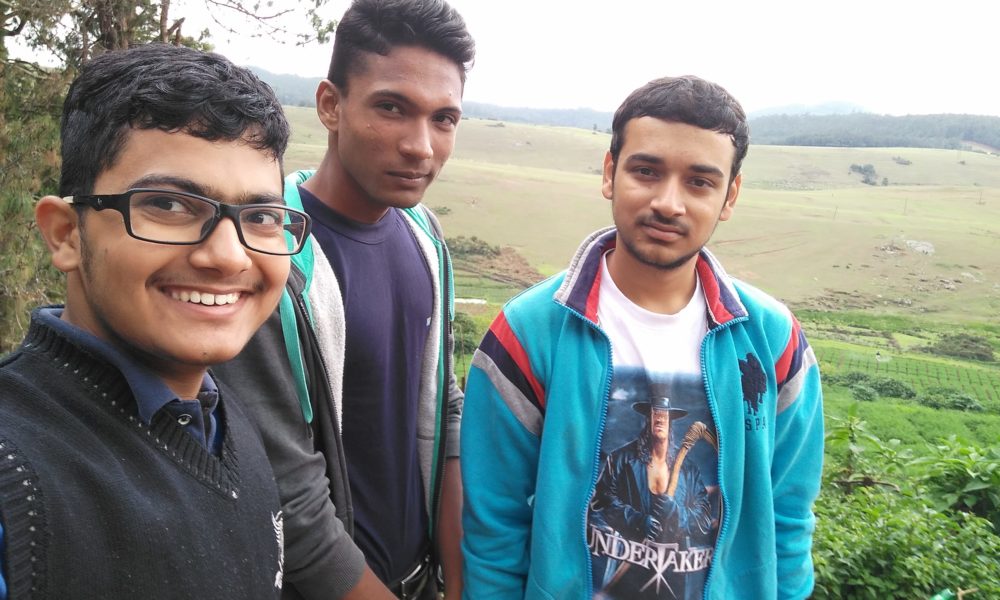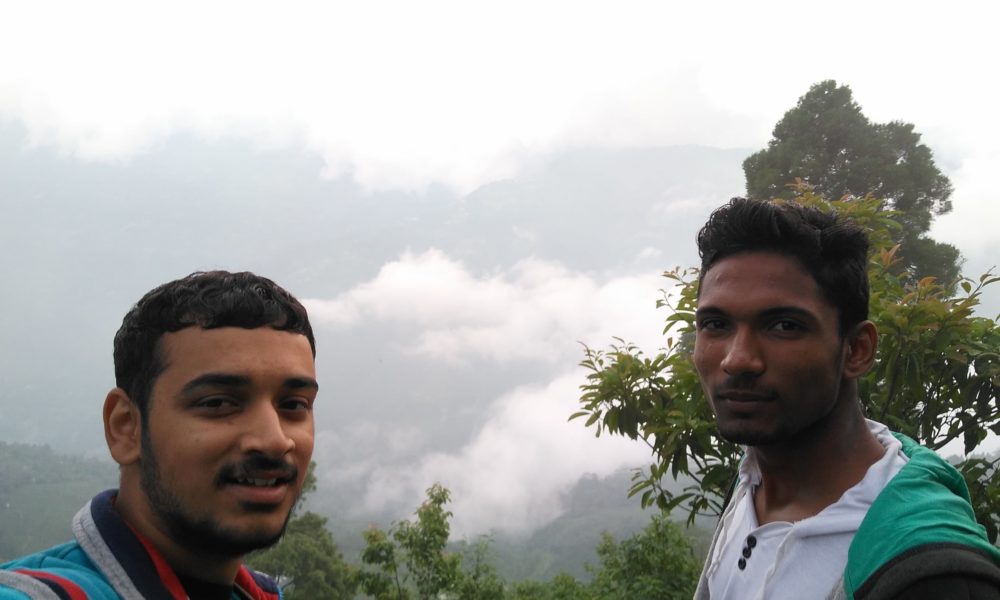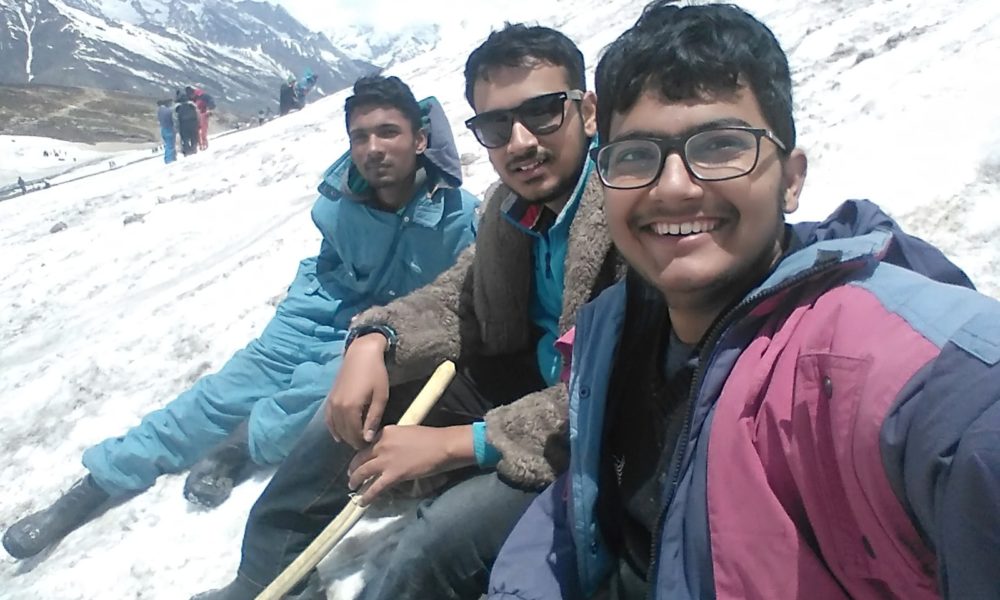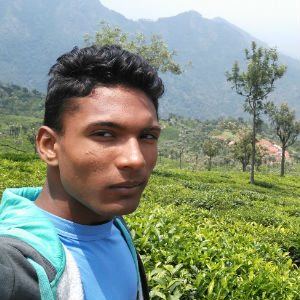We are very fortunate that our institute gave us this opportunity and trusted us and we also on our side tried to keep up with their hopes and not only saw serene beauty from coasts in the South to Himalayas in the north but we also saw beauty in the language and nature of the people. We tried to move according to our topic of exploration that is ‘Renewable energy and Rainwater harvesting in India’ and we tried to move according to it. We decided to visit south first and then go towards north, as rain comes first to south and then it moves towards north so we tried to stay ahead of rains and we were able to do it. We began our journey from the prestigious Union territory Daman. Daman was our particular interest because it is a place where you can harness solar, hydro and wind energy together. And it has a very beautiful black coral beach as well. Then we moved on to our next destination which was the city of Pune. Pune was literally scorching and there was a lot of traffic in Pune. But in the evening clouds covered the sky and in this pleasant atmosphere we visited La pu’la Deshpande garden which was extremely beautiful and we also visited Shanivarwaada which depicts the ancient history of Marathas. We also visited neighbouring hill stations Lonavala, Khandala and the most amazing Mahabaleshwar.
Mahabaleshwar has many very beautiful viewpoints form where you can see the whole valley and the view was breath-taking. Our next destination was Goa where you can find one of the finest Indian beaches. One of the best experience of our journey is to bathe at the beaches of Goa, it was so much fun, riding on the waves and diving in the sea was an experience like none other. Then we moved to explore the cities of south India. One thing that we observed that language was not a problem in south India. Everywhere in south Indian we always able to find some people who can speak Hindi and most of the people known English, so communication with the locals was tough but we were always able to understand them. We visited many beautiful cities in south India.We learnt some ancient ways of rain water harvesting in Mysore in the ancient city of Tipu sultan Shrirangpatanam. We also went to hill stations like Ooty and Munnar, they have mesmerising tea garden and a lot of greenery. Then we went to Alleppey which is call the Venice of the east and has very beautiful canals and backwaters. We also visited Kanyakumari where we saw the meeting points of three oceans and the southernmost pint of India Trivenisangam. Kanyakumari has also one of the largest wind farm in India in the village of Mupandal. Then on our way to north east we visited metropolitan cities like Kolkata and Chennai, they were full of life and the people were very friendly and helpful. Then we went to the city which as literally above clouds Darjeeling. On our way we can see clouds all over the valley and this was the most beautiful scene that we saw. After Darejeeling we went to north-eastern state of Sikkim. In Sikkim we went to its capital Gangtok which was also very beautiful. We went to a Buddh Math where we learnt about Buddha culture. And after Gangtok we decide to visit Patna the capital of Bihar. Where we went to the holy Patna saheb gurudwara and we also visited, and one thing that we found out that Patna has a huge potential of becoming a solar powered city and yet the government did nothing to encourage solar power in Patna. After Patna we Visited the holy place Haridwar and famous hill stations Shimla and Manali where we saw snow studded mountains in Rohatang. And then we finished our 42 days long journey in our prestigious Capital Delhi.
I have to say that through Explorers fellowship I was able to learn a lot about our country and its people and the current status and scope of renewable energy and rainwater harvesting in our country. This was a once in a lifetime experience.

